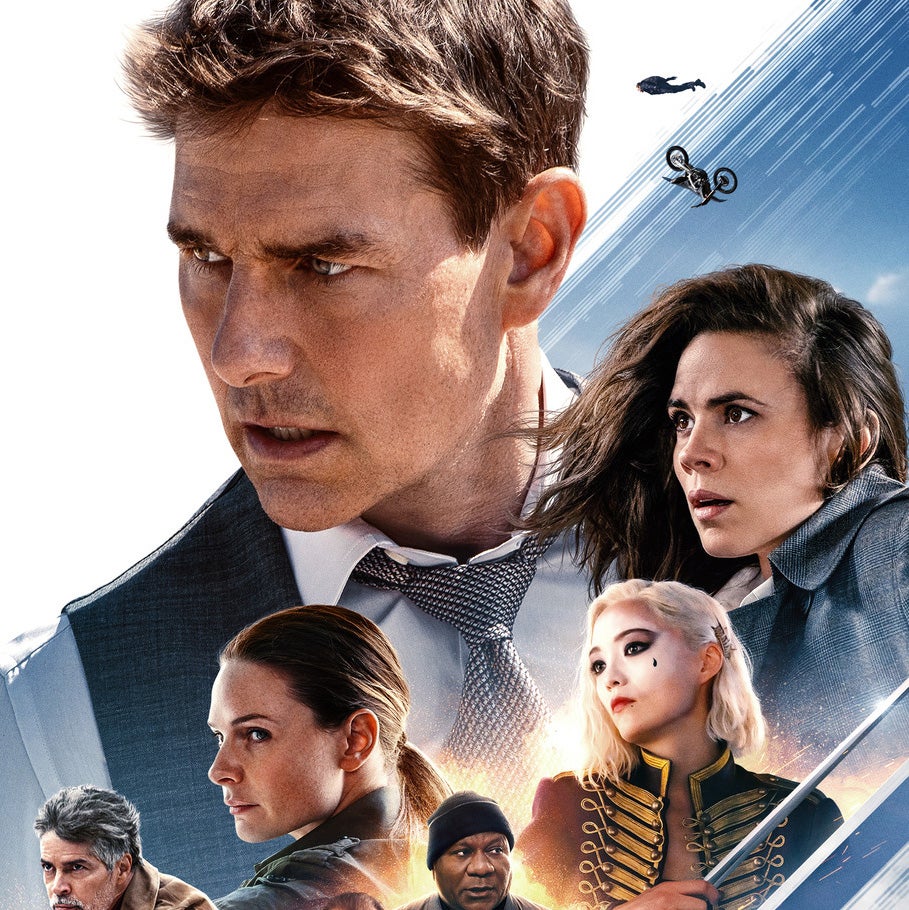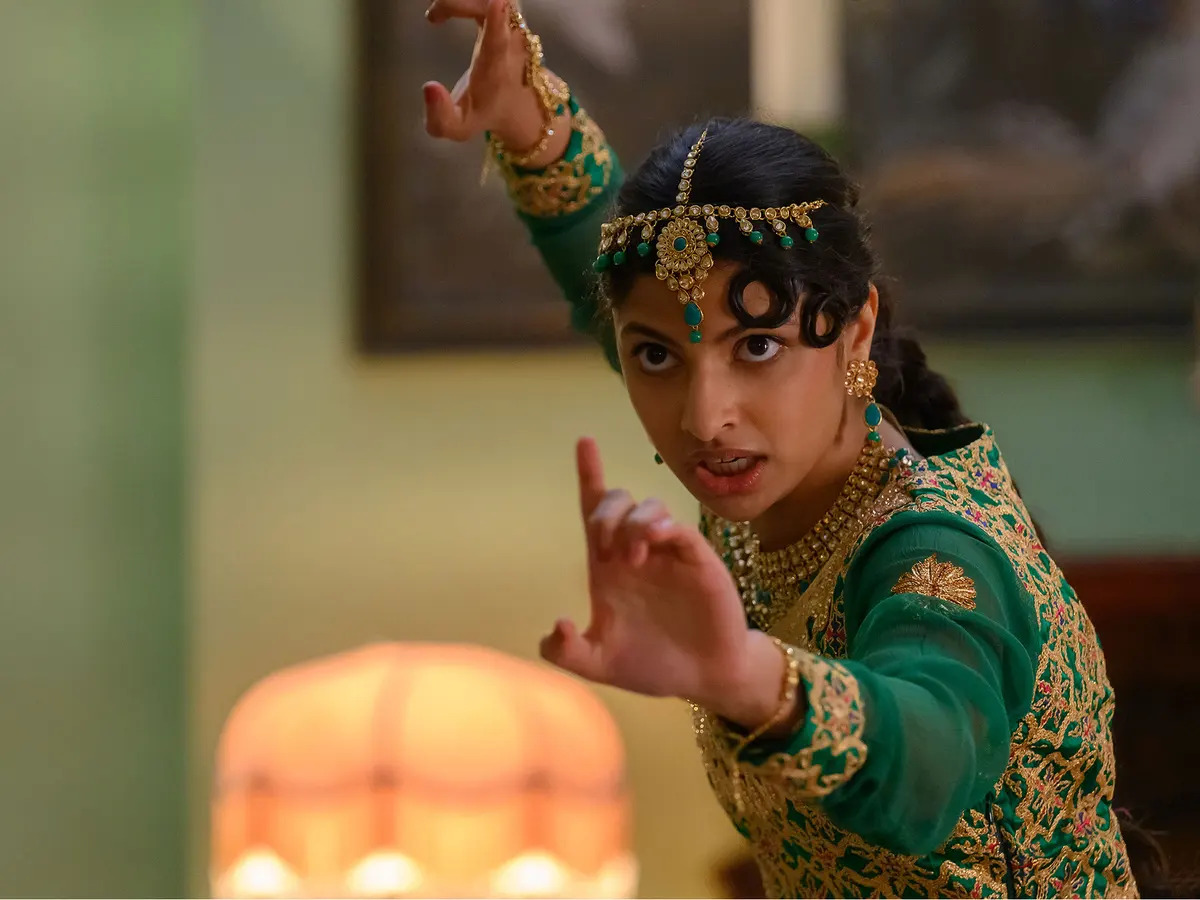Freaky Friday
Posted on July 19, 2003 at 2:48 pm
A-| Lowest Recommended Age: | 4th - 6th Grades |
| MPAA Rating: | Rated PG for mild thematic elements and some language |
| Profanity: | Schoolyard language |
| Nudity/ Sex: | Kissing |
| Alcohol/ Drugs: | Social drinking |
| Violence/ Scariness: | None |
| Diversity Issues: | All major characters white, strong women |
| Date Released to Theaters: | 2003 |
| Date Released to DVD: | 2004 |
| Amazon.com ASIN: | B00005JMCW |
Jamie Leigh Curtis and Lindsay Lohan play a mother and teenager who switch bodies in this third version of the book by Mary Rodgers.
Curtis is Tess, a compassionate therapist and a loving, if harried mother of two children (there is a cute moment as she loads her pager, cell phone, and PDA into her purse). Her husband died three years ago, and she is about to be married to the devoted and understanding Ryan (the always-gorgeous Mark Harmon).
Lohan is her daughter Anna, and like most 15-year-olds, she thinks that she has both too much of her mother’s attention (when it comes to telling her what to do) and not enough (when it comes to knowing what is important to her, which she should just be able to intuit, since Anna does not really want to tell her anything).
When the two of them get into an argument at a Chinese restaurant, the owner’s mother gives them magic fortune cookies. The next morning, they wake up as each other. While they figure out how to return to their own bodies, each has to spend the day living the other’s life.
That means that Tess has to cope with high school, including a teacher with a grudge, a former friend-turned rival, a guy Anna has a crush on, and a big exam. Anna has some fun with her mother’s credit cards but then has to cope with needy patients and a television appearance promoting her mother’s new book. And both start to understand the pressure of the schedule conflict that is at the center of their conflict with each other — the rehearsal dinner before the wedding is at the same time as an important audition for Anna’s rock band.
Curtis and Lohan are so clearly enjoying themselves that they are fun to watch and the story moves along so briskly that its logical flaws barely get in the way.
Parents should know that characters use rude schoolyard words (“sucks,” “blows,” etc.). Anna wants to get the side of her ear pierced, and when she is in her mother’s body, she does. There is some kissing (the ew-factor of Ryan’s wanting to kiss Tess, not knowing that Anna is occupying her body, is handled with some delicacy). There are some tense family scenes and the movie deals with issues of parental control and teen rebellion.
Families who see this movie should talk about why it is hard for Tess and Anna to understand each other at the beginning of the movie. If the parents and children in your family switched places, what would be the biggest surprises? Families will also want to discuss some of the choices Tess and Anna make, especially the resolution of Anna’s problems with her English teacher and the honors exam. And it might be nice to compare this to the original movie, in which the mother is a full-time mom in a two-parent household, and the daughter’s challenges center around housework.
Families who enjoy this movie will enjoy the original Freaky Friday or the 1995 made-for-television version starring Shelley Long. Mary Rodgers is also the author/composer of the delightful musical “Once Upon a Mattress.” It is not available on video, but you can get the marvelous original cast album with Carol Burnett on CD. And every family should see the movie musicals composed by Rodgers’ famous composer father, Richard, including Oklahoma, South Pacific, Carousel, and The Sound of Music).






